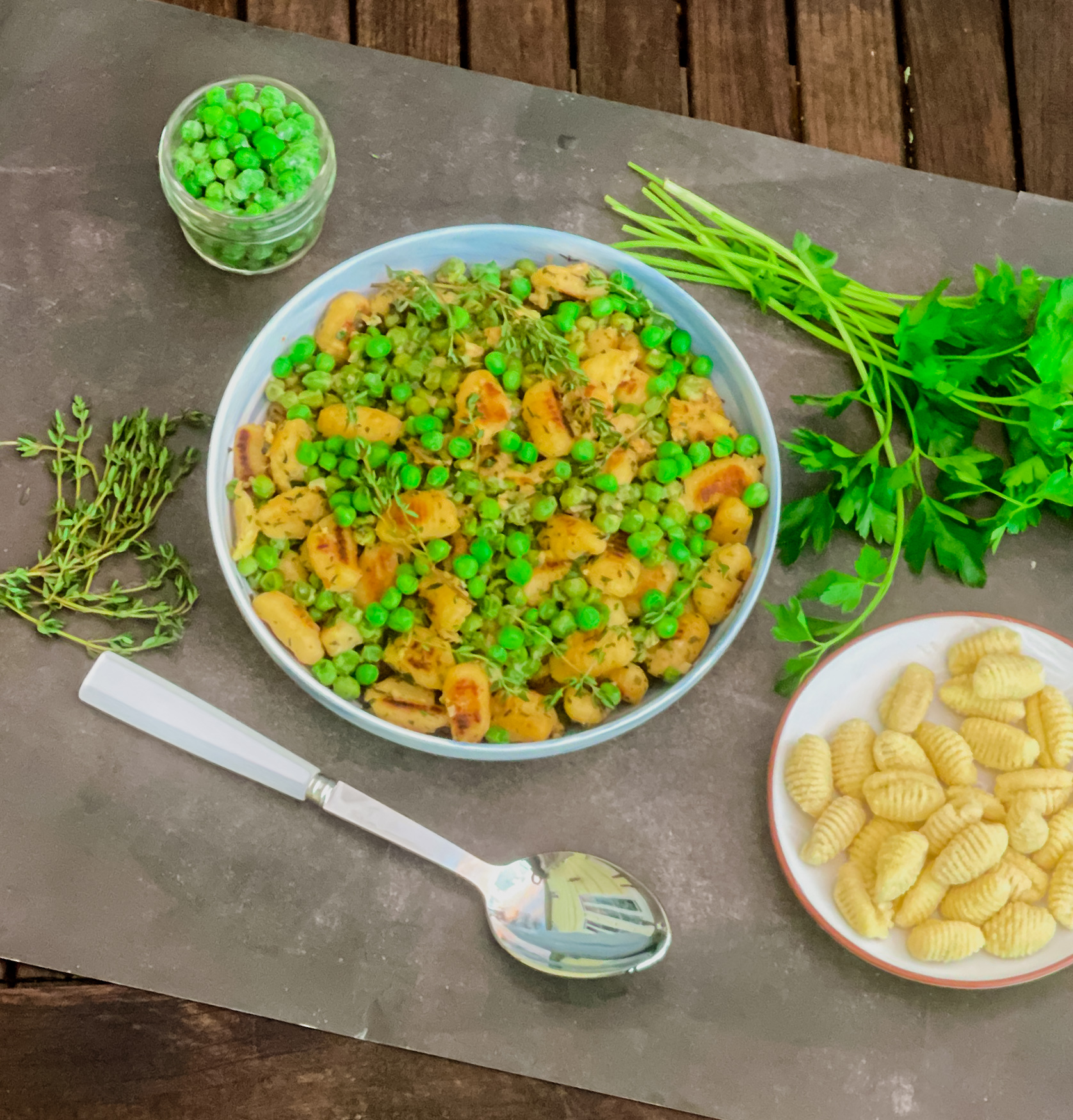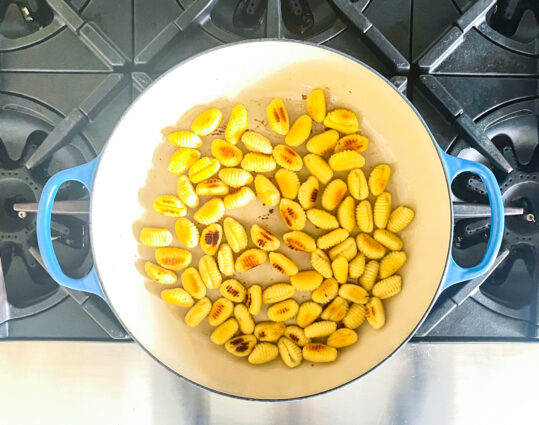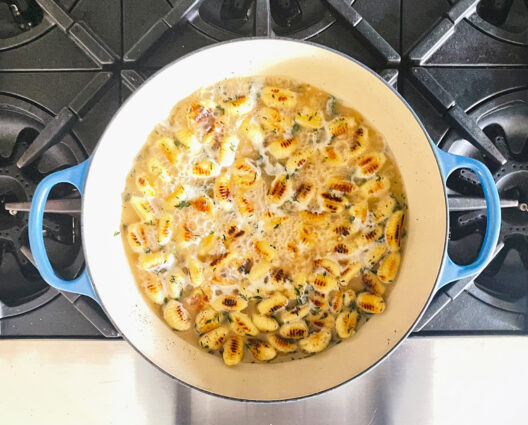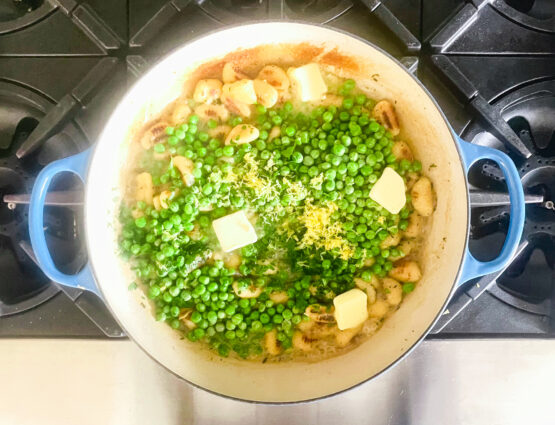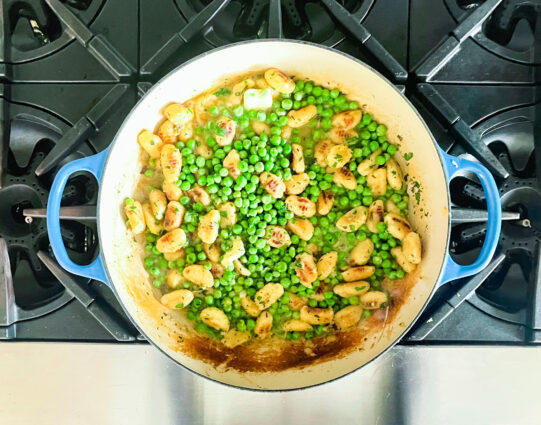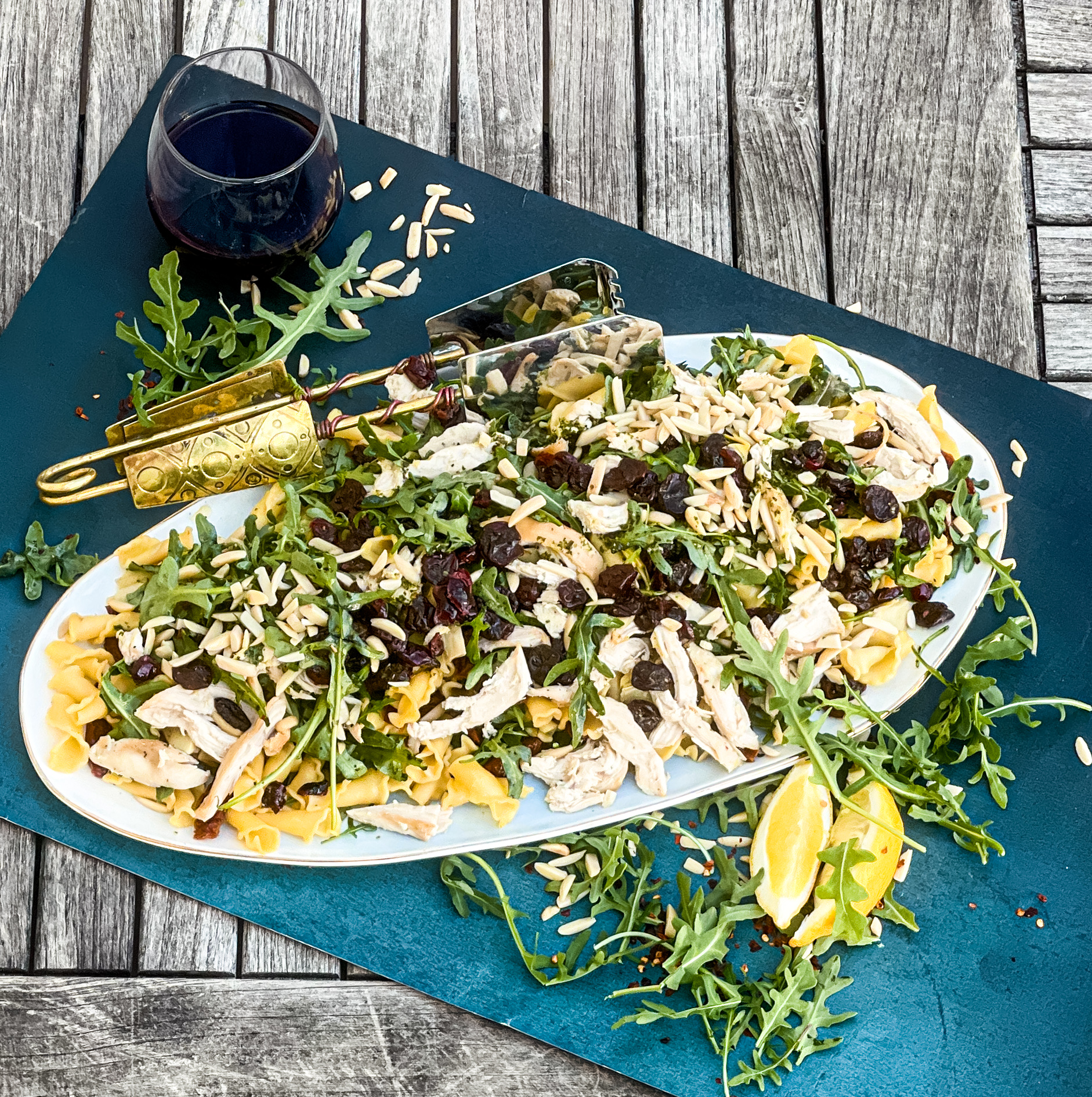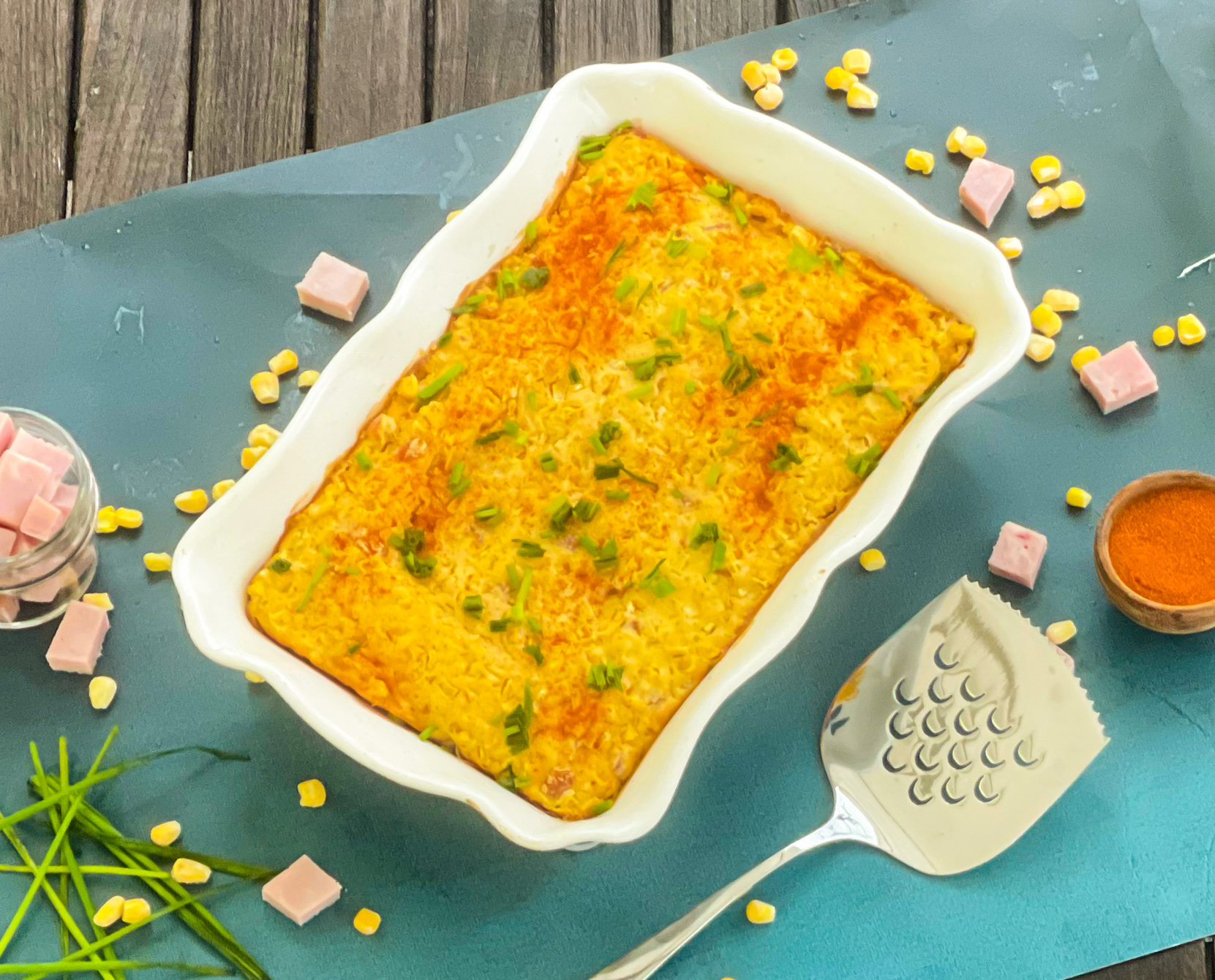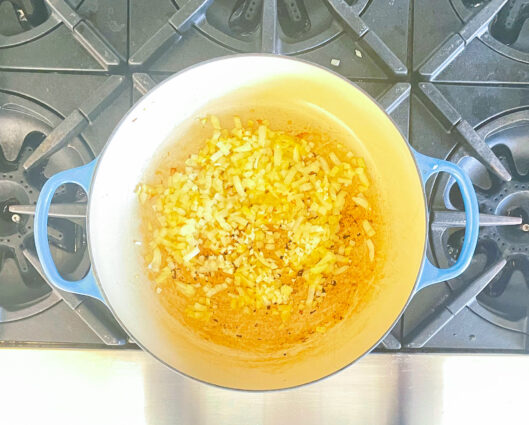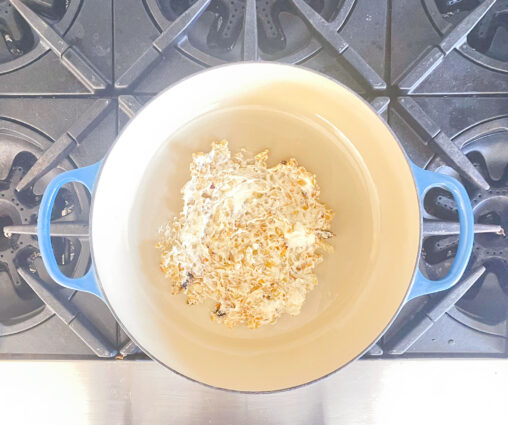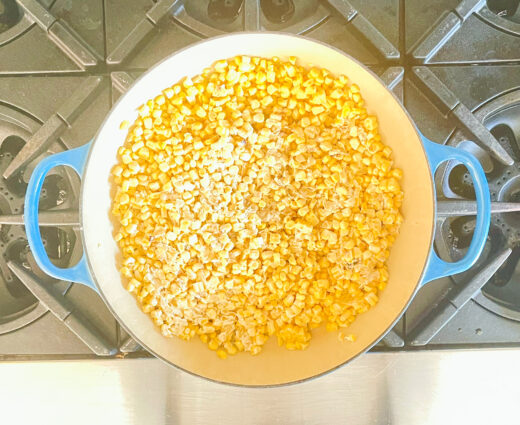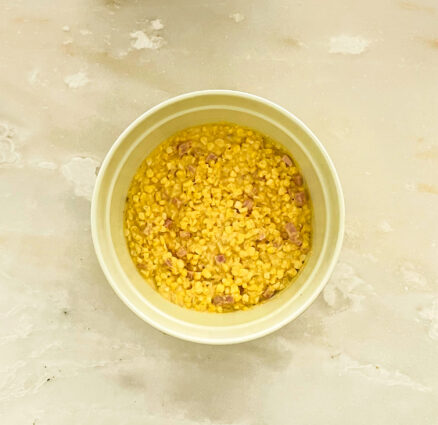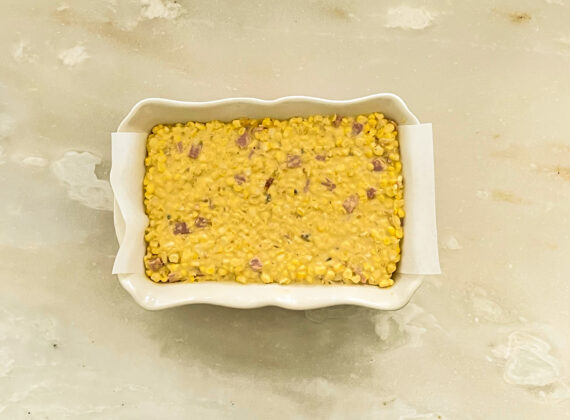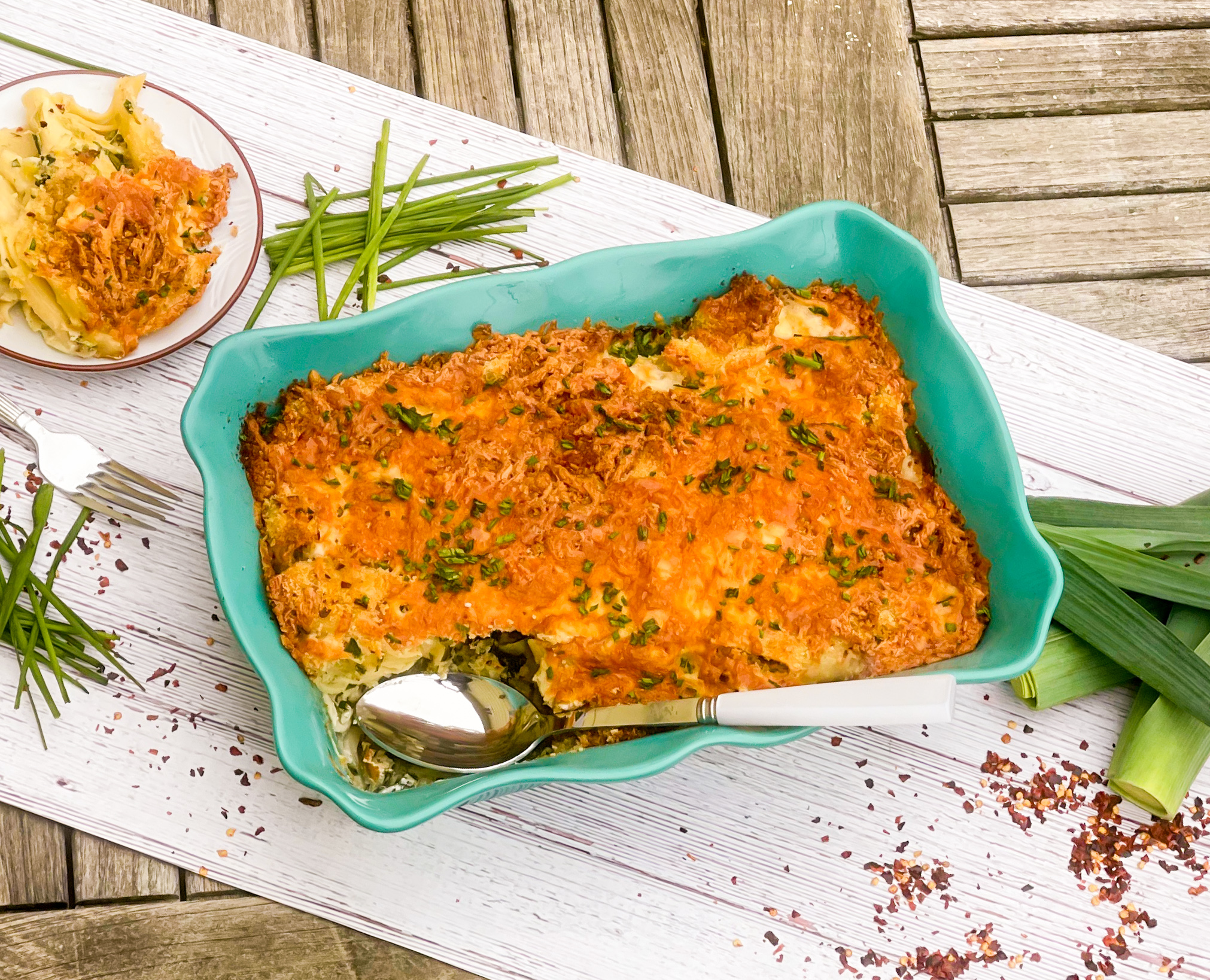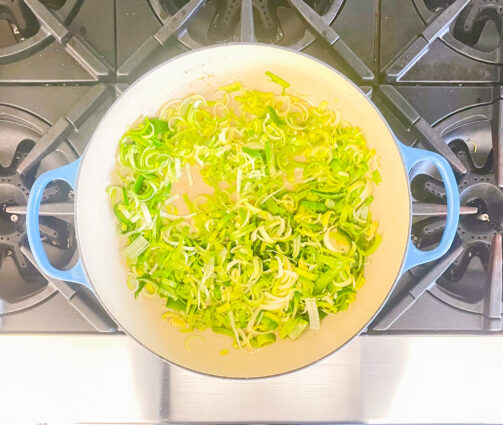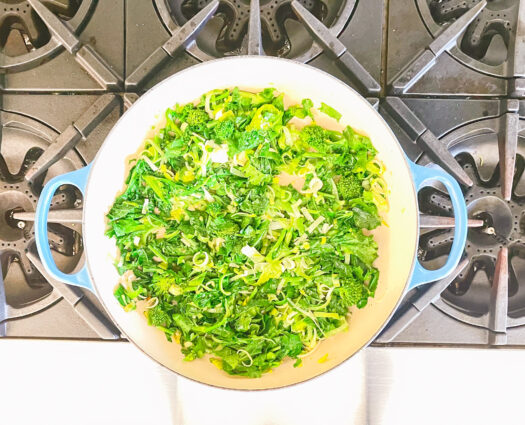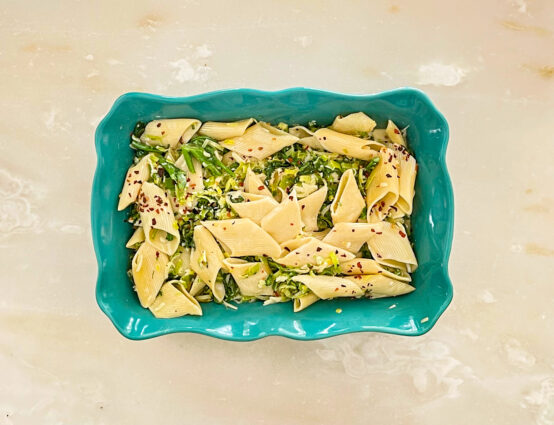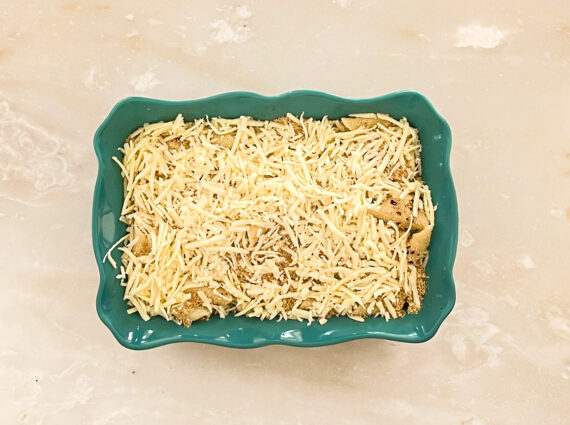
Ever wonder what “farm-to-table” means? Maybe you’ve heard “farm-fresh,” “farm to fork,” or more simply, “locally sourced.” All of these mean generally the same thing, but as there is no official definition, it can be confusing at first.
At its core, farm-to-table means the food you are eating actually came directly from a farm, rather than through a distributor, store, or market. According to Rutgers, farm-to-fork is “a food system in which food production, processing, distribution, and consumption are integrated to enhance environmental, economic, social, and nutritional health.” Let’s make it a little simpler: the farm-to-table movement promotes a relationship between a chef and a farmer that results in seasonal, fresh, and organically-produced foods.
Instead of purchasing ingredients from a food distributor, a direct relationship exists between the restaurant and local farmers. This could very well include ranchers and fishermen, as well as agriculturalists. As a result of this relationship, the ingredients have none of the additives or preservatives that might otherwise be used. Your food will actually taste exactly how it is supposed to taste– imagine that!
Farm to table restaurants might also harvest from their own gardens. In New York City, many restaurants have rooftop gardens, and will serve only what is in-season. How can you know if your food is really farm-to-table? The restaurant should be able to easily name the specific farm or farms from which they are buying.
So now that you know what it means, Go out to your local farmers market and try to build your own farm-to-table pipeline. Buy some freshly made mozzarella, grape tomatoes, and some handmade pasta. That is all you need to make this exceptionally fresh summer dish. It has the same ingredients as a Caprese salad with the addition of a pasta, which truly makes it a satisfying simple, summer main or side dish. The tomatoes add divine sweetness and the cheese is gooey and savory. The dressing is perfect for this salad, giving it some tang and heat.
This recipe will serve 4 to 6 people who will truly taste the ingredients of this lovely dish.
Ingredients for Caprese Pasta Salad:
1 lb. pasta such as orecchiette or other small pasta with twists and curves to capture dressing
1/4 cup extra-virgin olive oil
1 tablespoon balsamic vinegar
Kosher salt
Freshly ground black pepper
1/2 teaspoon red pepper flakes
1 clove garlic, minced
1 pt. cherry tomatoes, preferably multi-colored, halved
1/2 lb. bocconcini (mini mozzarella balls)
1/4 cup basil, julienned, for garnish
In a large bowl, whisk together olive oil and balsamic vinegar, add red pepper flakes, then season with salt and pepper.
Mix to combine.
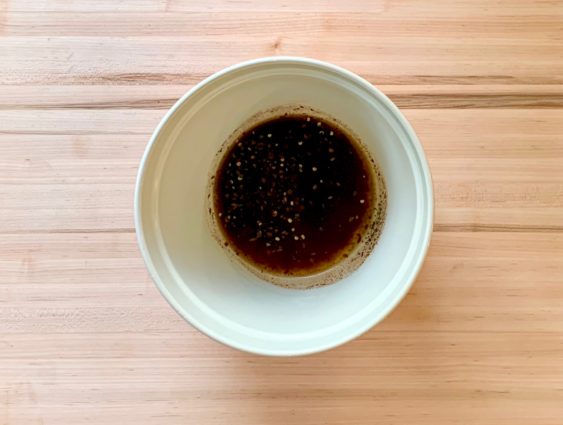
In a large pot of salted boiling water, cook orecchiette (or the pasta you are using) according to package directions until al dente.
Drain and set aside.
Add pasta, garlic, bocconcini, and tomatoes to bowl with dressing; toss with dressing to combine.
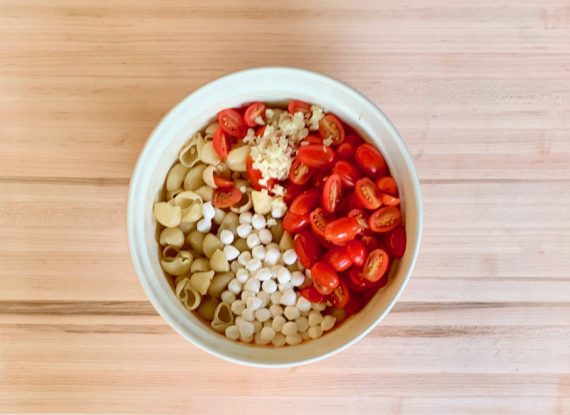
Garnish with basil and serve.
It’s that simple!

